Theories of Mass Communication
Mass Communication theories are classified in various ways. This is because theories or the way social processes are explained keep changing or advancing depending on technological, political and social factors.
1st we will discuss about sociological theories.
Sociological theories explain the role of media with regard to social relationships and in economic and political contexts.
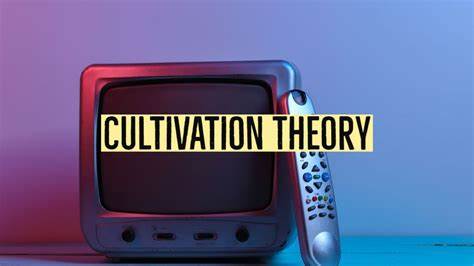
Cultivation Theory
This theory was given by George Gerbner, in this theory George tries to draw an equation between symbolic structures, audience views and behavior. The theory was advocated when television (TV) was new and much research was being done on it. This theory explains that television constructs a new reality for the audiences which may have no bearing on the real world. TV propagates a new reality which its own creation and is well accepted socially and culturally by the audiences, especially heavy viewers. The theory was based on five assumptions: –
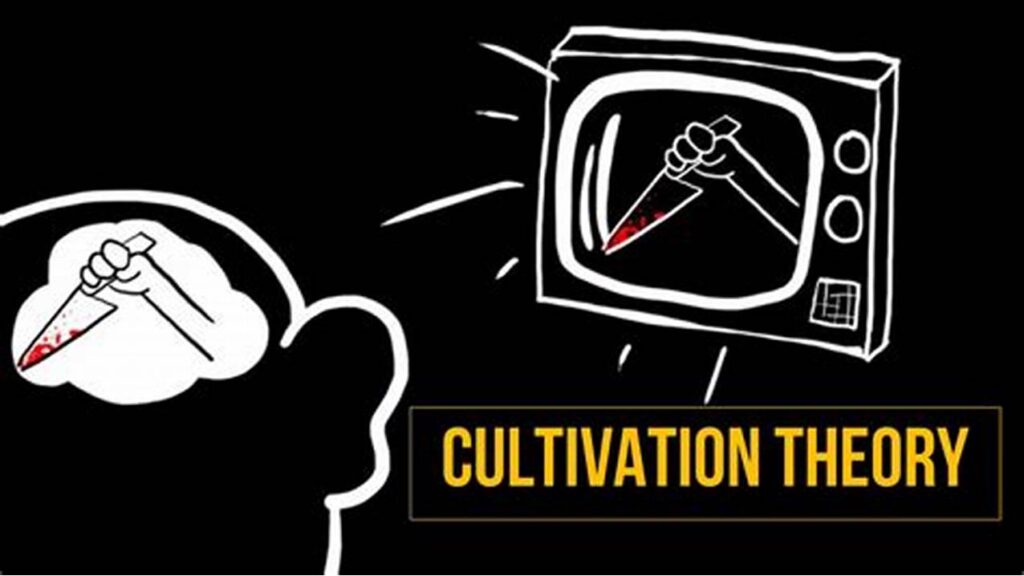
- TV requires no additional resources like reading skills, money or mobility. So TV content can be consumed by people of all age groups at any time of their choice.
- TV at that time was the first medium to have shared public message audio-visually leading to the creation of a pseudo culture and mainstreaming a TV created understanding of society.
- Such pseudo reality doesn’t create attitudinal change, rather creates basic frames of reference which help audiences make decisions and judgements in life generally.
- The TV created reality through its content aims at stabilising the socio-cultural patterns. This is to maintain the power relationships in a society. So TV content is not directed to creating any revolution or major change in the existing socio-cultural set up, it only reinforces the already existing power relationships.
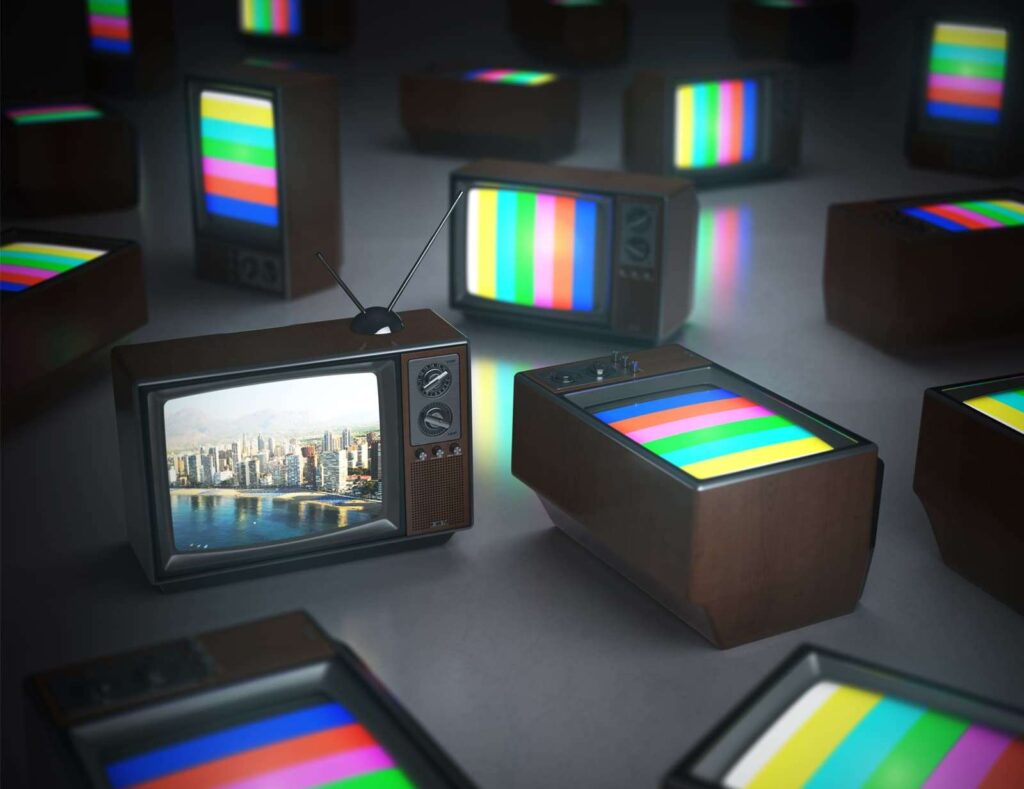
The observable and measurable changes propelled by this TV-created perception of reality are relatively small due to a number of intervening variables. At times, the social reality constructed as a result of TV viewing may bring about alternate changes like a person may start spending less time on TV
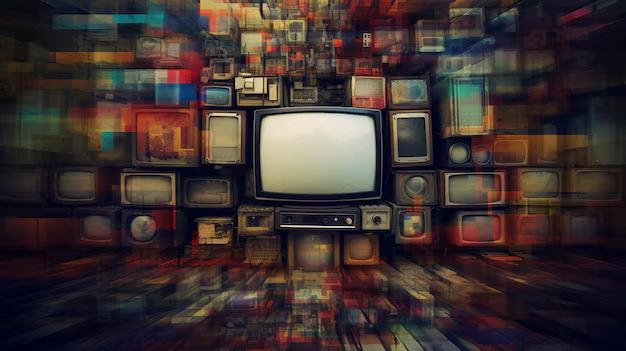
- The active audience theory challenges the long-term cumulative effects of cultivation theory. In the contemporary world where the audiences use multiple media to satisfy their information, entertainment and various other needs, one cannot assume that exposure to any one medium can have a major effect on the audience’s perception of reality. Nevertheless, the subtle effects of the theory cannot be negated.
The 2nd theory of sociological theories, is Agenda Setting Theory
The idea of agenda setting was first discussed in terms of election campaigns in 1972 by Max Mc Combs and Donald Shaw. According to this theory, the news media tell public what are the important issues of the day. For example, the news that appears first and in prime time is perceived to be more important by the audience. The media do not tell the audience what to think but they do tell what to think about. So, while the media may make a diplomatic meet between several countries look important, they can’t have a say on whether the audience thinks it will do any good to the country’s economy.
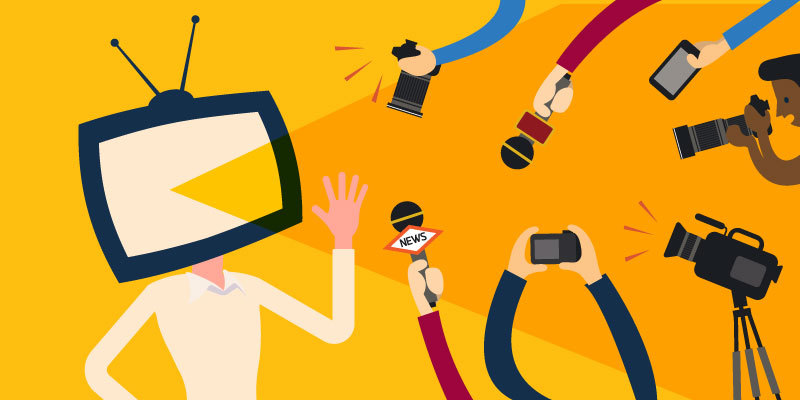
The agenda setting effects are the maximum in first stories as they have the maximum audience attention and are uninterrupted and without distractions. So the placement of the stories is important. Also, there is consistency in importance given to issues across different media. But powerful videos and images can reduce such effects on the audiences’ mind as they can emotionally or otherwise divert and absorb attention to the issue of presentation.
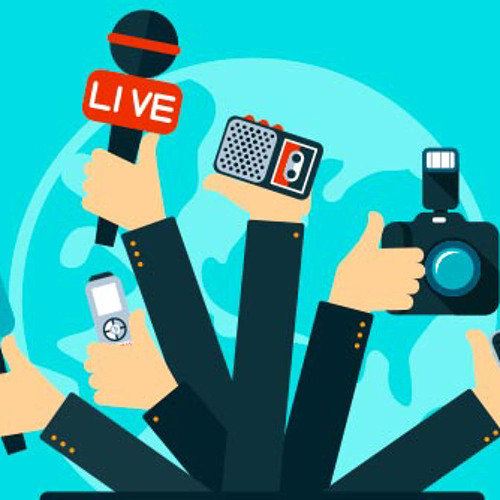
The importance given to an issue by the media may not be close to real world issues. So what is important in media is not what is really important but what is made important by forces and people in power. This shapes the social and political realities for common people. Also related to agenda setting is Priming effect of media which is generally used for news management. This is used more in terms of diverting attention from important issues in the public sphere like a big military adventure or foreign affairs’ initiative.

The third theory of sociological theories, is Uses and Gratification Theory
This is a limited effects theory which suggests that media are not supreme and audiences are not passive. The effects of media are limited to what the audiences allow them to be.
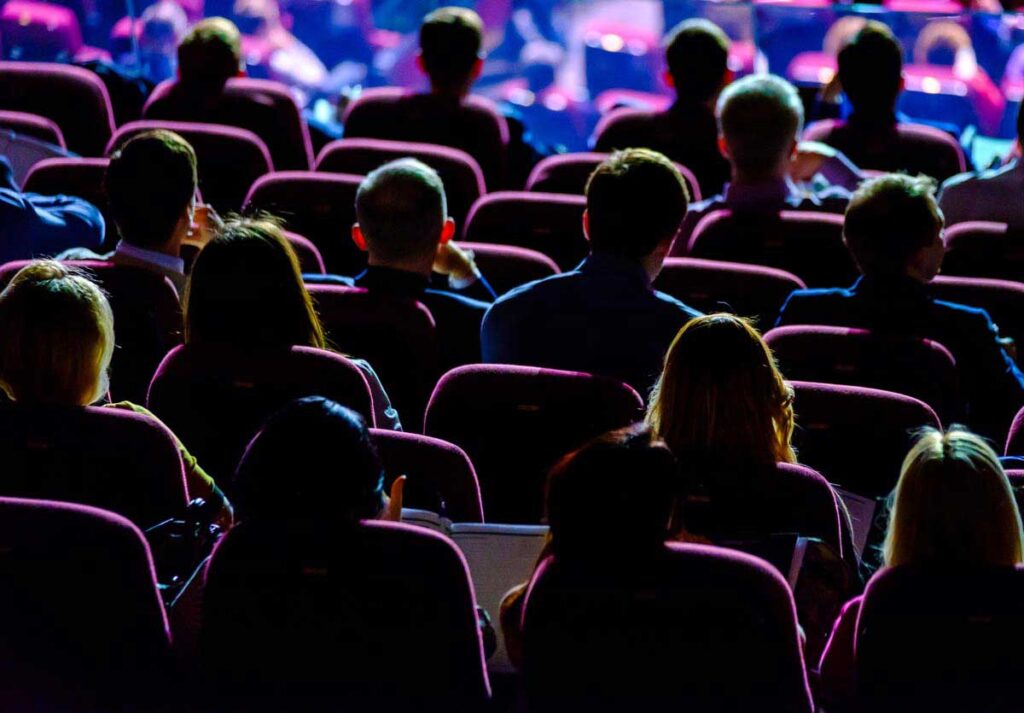
So it is not what the media do the audiences, but audiences do with the media and why do they use media. There are various needs that audiences look at satisfying like entertainment, companionship, information and escape. While people are becoming more techno-friendly and real time socialization has taken a back seat, the importance of media has increased in people’s lives. Audiences have their own choices about what they want to do or watch like, web series, latest movies, news, sports etc.

The above examples indicate that the needs of the audience have a bearing on the socio – cultural context. The expectation from media is based on this context and type of media used. The content explains media influences, media choices and media behaviors while the type of media used will differ in content and presentation.

And the fourth and last one is, Dependency Theory
This theory was propounded by Melvin De Fleur and Sandra Ball-Rokeach in 1975, this theory has left behind the limited effects theory. According to this theory the power of a mass medium is decided by how much the audiences are dependent on that medium. There were several assertions that the theory was made of:
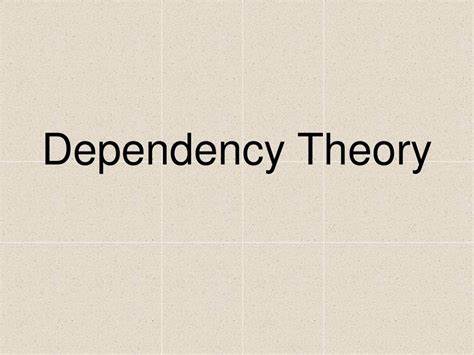
- The power or influence of mass media is composed of the relationship of the social system of which the media are a part, the media’s role in that system and the audience relationship to that media.
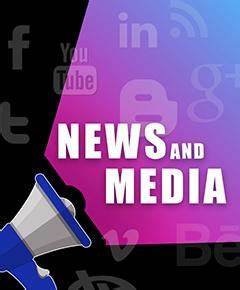
Whether media is able to exercise influence to alter the beliefs and behaviour of the audiences is decided by the degree of dependence of audiences on that media.
- In the modern society, the dependence on media is at multiple levels like, to understand the outside world, to find meaning and take meaningful actions in a given social set up and to find fantasy and escape.
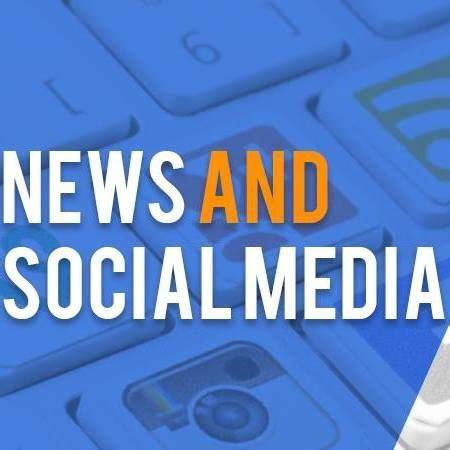
The degree of dependence on mass media increases with (i) greater number of functions that we put a media system to serve (ii) when there is a greater change and conflict in a society as the audience depends more on media to make opinions or take decisions.
For example, whenever we hear of a major train accident or a cyclone or a terrorist attack or to look up at election results, we immediately use media to access the latest information, to analyse the available information to make opinion and to act on it. Our decisions and actions depend on media use and this dependency increases with the increase in use of media.
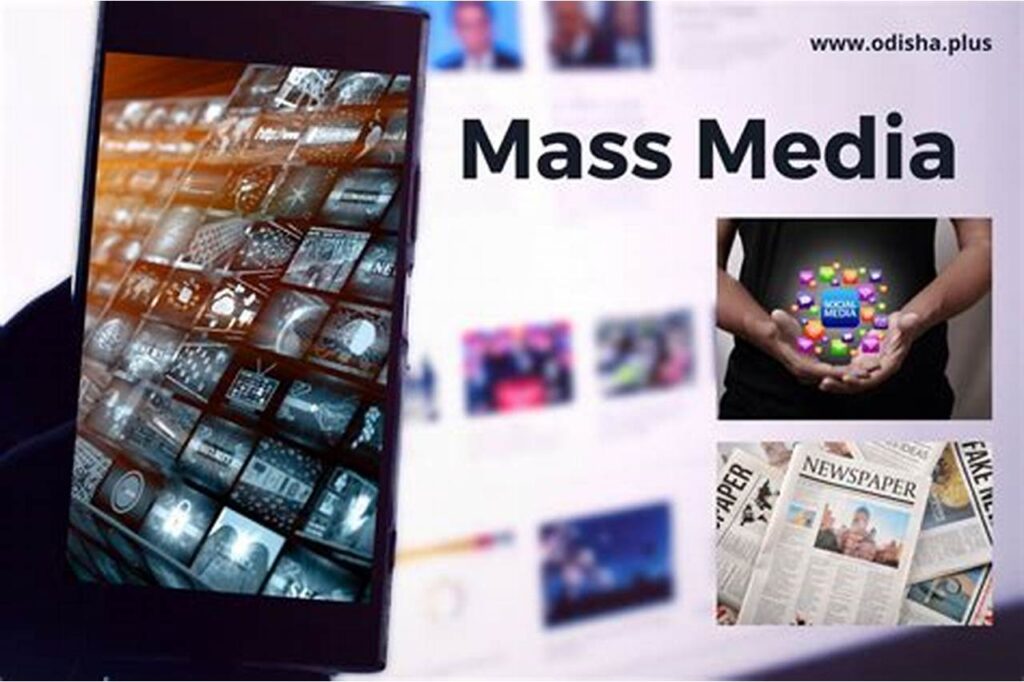
Source: – IGNOU Books
Written By: – Rajat Ranjan